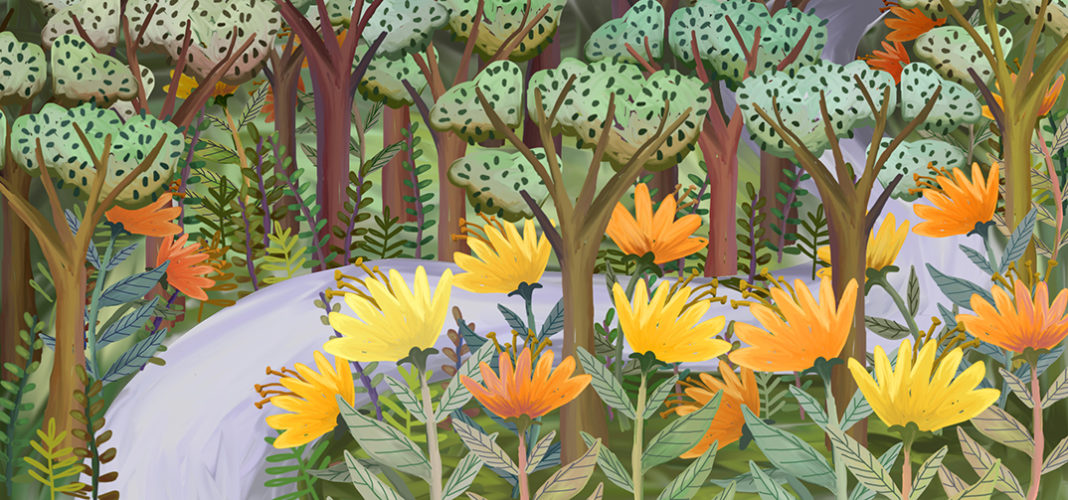“In happiness, as in so many other things, location is key.”
According to research, a location that maximizes proximity to the natural world is one of the best ways to maximize well-being. Studies show a link between nature and wellbeing.
Just 20 minutes outside can boost your mood, broaden thinking and improve memory. Even exercise performed in outdoor natural environments versus indoors has been shown to be associated with greater feelings of revitalization and positive engagement, decreases in tension, anger and depression and increased energy. Moreover, participants reported greater enjoyment and satisfaction with outdoor activity and declared greater intent to repeat the activity at a later date.
There is a consistent positive relationship between being outdoors and subjective experiences of vitality—feeling engaged and alive. This effect appears to be independent of physical activity. In other words, just sitting on a park bench and taking in the beauty of one’s natural surroundings is revitalizing and conducive to well-being.
Even people who have had surgery recover more quickly if they can see trees from their window, require fewer painkillers and call the nurse less often. “The view of nature was enough to make them feel better and to hasten their recovery.” Cognitive functioning in children has been shown to improve with proximity to nature and other studies show that contact with nature may improve symptoms of ADHD. The “greener” a child’s play area, the less severe his or her attention deficit symptoms. Some studies suggest there is less ADHD in countries like the Netherlands where children walk or bike to school.
Green spaces also help buffer against stress, especially for urban dwellers. Studies show that metropolitan populations are far more likely than rural ones to suffer from mental illnesses such as depression and schizophrenia and that the pressure of city life can charge brain physiology thereby increasing the risk of emotional disorders. Green spaces and parks can help combat this stress and promote well-being.
Simply put, being outdoors makes people happier and healthier. Pulitzer prize winning evolutionary biologist E.O. Wilson calls this biophilia—our inherent love and attraction to natural environments.
Catie Marron captures our inborn affinity for nature in her beautiful book, City Parks: Public Places, Private Thoughts. It is a compilation of beautifully written essays by Zadie Smith, Jonathan Alter, Bill Clinton and other fellow biophiles about their favorite parks. Oberto Gili’s beautiful photographs capture the mood and essence of dozens of park during various seasons the world over.
As Catie Marron writes in her introduction:
“Parks are of the earth, they are of the people, and they give the best possible glimpse of the sky and stars amid the high-rises and rooftops of crowded urban life.”
Parks reconnect us with our fundamental need for nature. They take the edge off. They are where you get lost and where you can also find yourself. They are natural Prozac. If you cannot take a walk in the park today, City Parks is the next best thing. I wholeheartedly recommend it.
In the words of Frederick Law Olmsted:
“The enjoyment of scenery employs the mind without fatigue and yet exercises it; tranquilizes it and yet enlivens it; and thus, through the influence of the mind over the body gives the effect of refreshing rest and reinvigoration to the whole system.”
I wish you all the best,
Dr. Samantha Boardman






